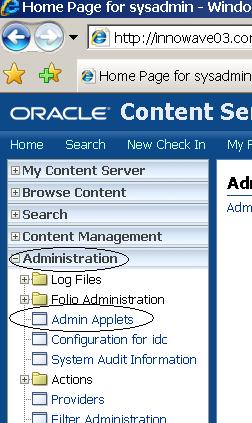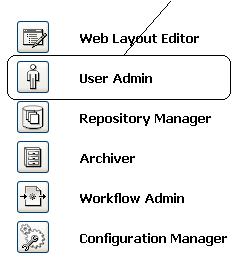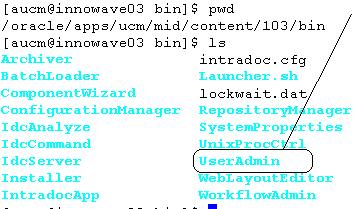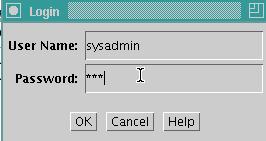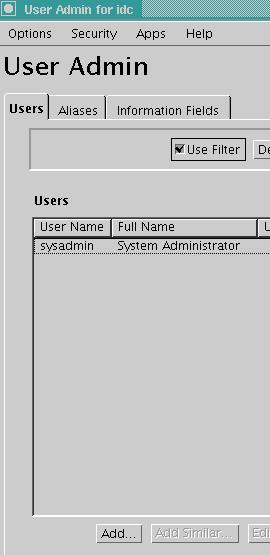Leave a Comment:
7 comments
As most of you know, there are very few people that are truly knowledgeable in regards to Stellent / Oracle UCM architecture! I was hoping to network should you know of anyone that would be interested in considering a 3 month project opportunity in the Atlanta area.
If you do happen to know of someone that would be interested in learning more about this opportunity, please feel free to forward my contact information! I am seeking an Oracle UCM (Stellent) Architect / Developer.
I really do appreciate the opportunity to network!
Thanks,
Melanie Jobin
mjobin@xpectsvc.com
Hi Atul,
I need a help.
there is an content server installed on client machine and we need to find out the configurations of that installations.
In detail generally the installation details like database name and host details and the serer details and the webserver used.
can u please help me how to find all the above details? and from which files in the installation i can gather more information?
Thanks
Mahesh.
My apologies for such a late reply – but if you still need this information most of it is available in the config.cgf file in the application instance config/ directory.
ReplyHi,
There is a scenario as below.
Think that I have two contents (C1, C2) which are present in a Site Studio env. And there are three users (U1, U2, U3). I want C1 should be visible to only U1 and U2 but not to U3. So how can I set a new Security Group so that the content is visible only for two users not for the third.
And more over I would like to add a new parameter or a metadata so that in future if there I want the U3 to see C1, I should just change the metadata value.
Regards,
NewUser123
@ NewUser123,
There are couple of ways to achieve it. Two ways which I can think of are
1. Via Groups – Create group c1c2u1u2 and add user u1 and u2 to this group. Give read access to group c1c2u1u2 on content C1 .
2. Via Access Control List – You can assign access to content directly to user/group based on ACL . More information at http://download.oracle.com/docs/cd/E17904_01/doc.1111/e10792/c03_security.htm#CDDBCIDA
Replyhowever , solution above will still give u1 u2 read access to the c1 content .right ?I think so ….Is there any way that content is completely invisible to the user(for confidential reasons)
ReplyHi Atul,
How to change a content permission with API. For instance, I want to give x user to write permission for y content.
thanks a lot.

